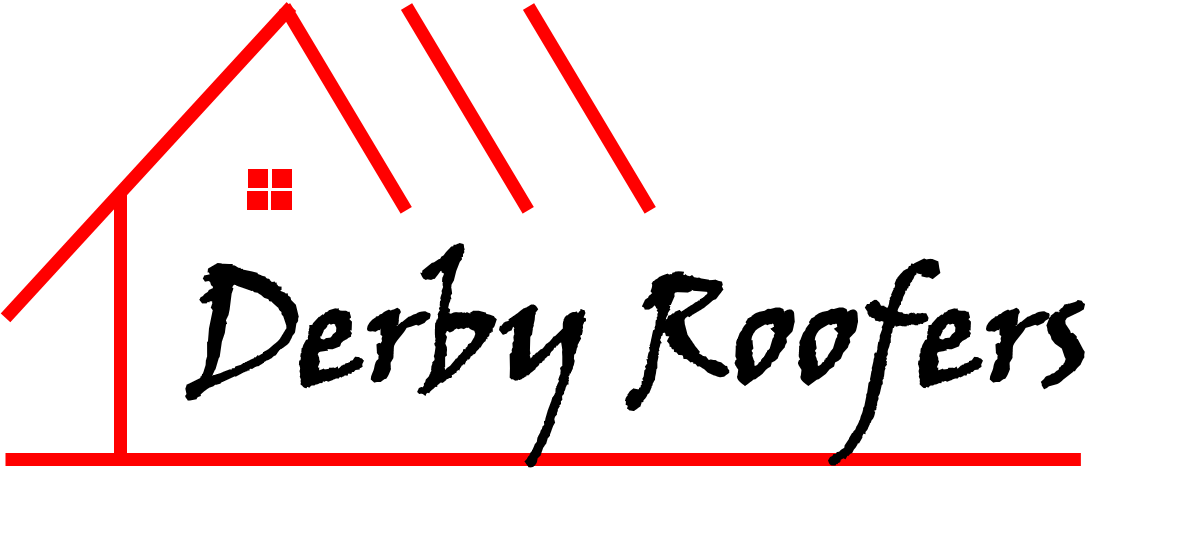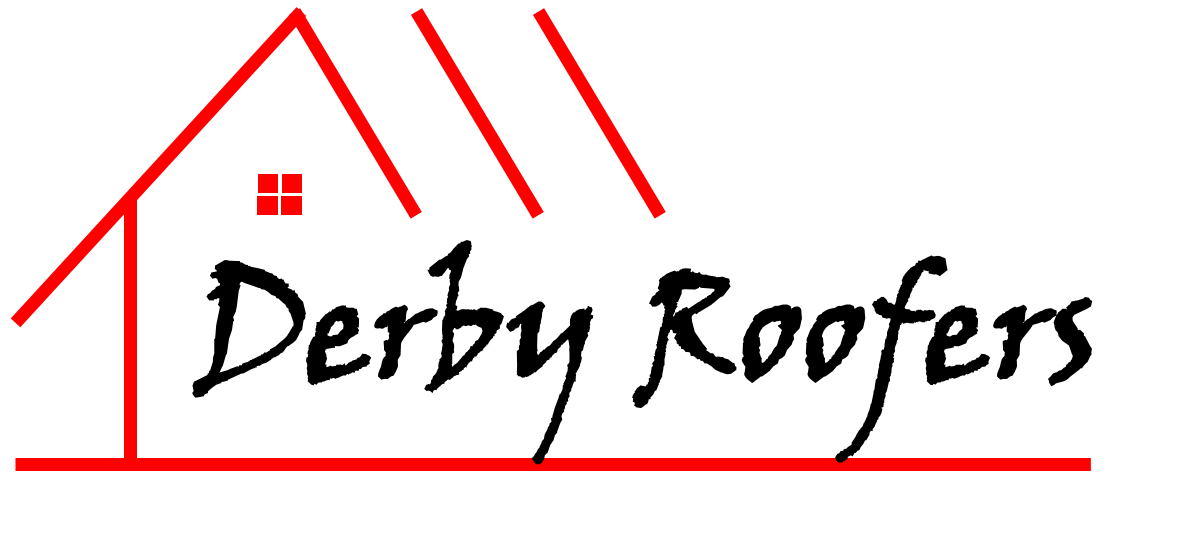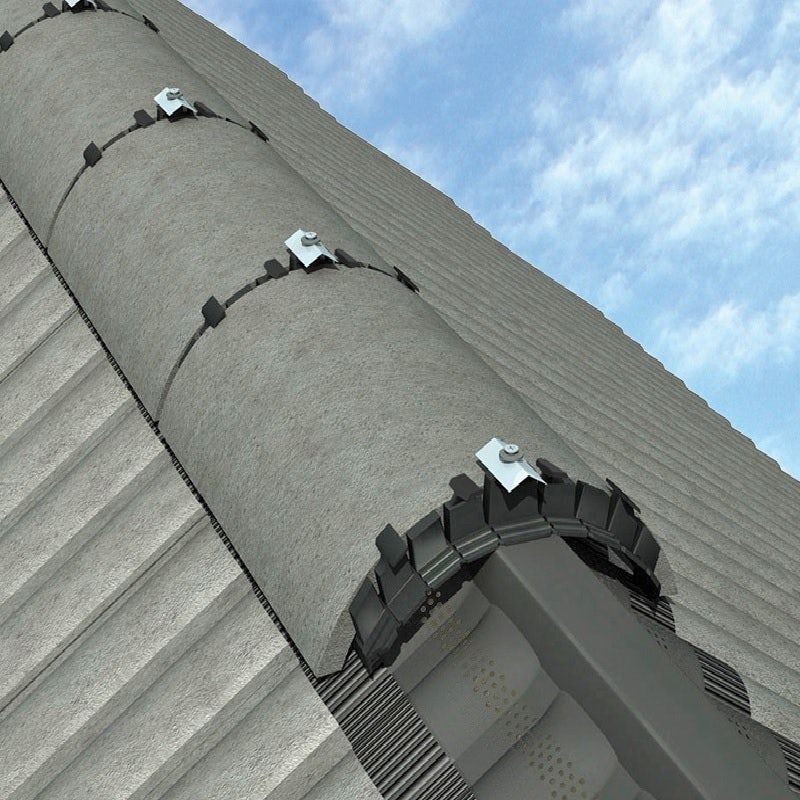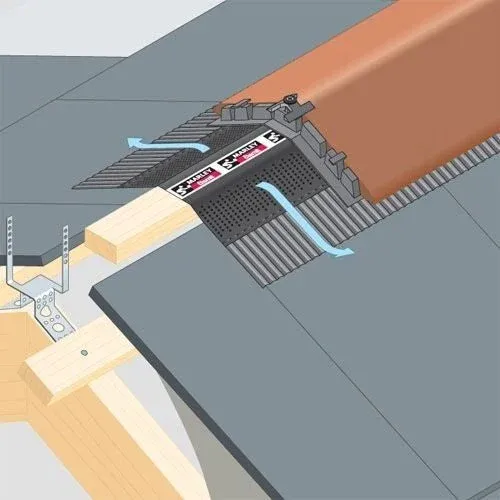Do dry ridge tiles need mortar?
Dry ridge tiles are a type of roofing tile that does not require the use of mortar in order to be installed. These types of tiles are typically made from concrete or clay, and they are designed to interlock with one another in order to create a watertight seal. Dry ridge tiles can be installed on both pitched and flat roofs, and they are often used in conjunction with other types of roofing materials such as concrete and clay tiles. While dry ridge tiles do not require mortar, it is important to make sure that the tiles are properly sealed and that any gaps between the tiles are filled in with caulk or another type of sealant.
Can I install a dry ridge system myself?
You can install a dry ridge system yourself, but it is important to follow the instructions carefully. Make sure you have all the necessary tools and materials before starting and be sure to wear gloves and a dust mask to avoid inhaling any particles. It is also a good idea to have someone else present to help you, as the process can be quite tricky. Once you have installed the system, it is important to regularly check it for any damage or leaks. Dry ridge systems can be a great way to keep your home dry and comfortable, but they must be properly maintained in order to work effectively. If you are unsure about installing a dry ridge system yourself, there are plenty of professionals who can do it for you. This is usually the best option if you are not confident in your ability to install the system correctly. It is also worth noting that most professional installers will offer a warranty on their work, so you can have peace of mind knowing that your home is protected against any future problems.
Is a Dry ridge ventilated?
Although dry ridge ventilation systems are designed to be ventilated, there are a few things that can prevent proper ventilation. If the system is not installed correctly, or if there are any gaps or holes in the system, ventilation can be compromised. In addition, if the roof is not properly insulated, heat can build up inside the attic and cause the temperature to rise, which can also prevent proper ventilation.
If you are having problems with your dry ridge ventilation system, it is important to have it checked by a professional. They will be able to determine if the problem is with the installation or if there are other factors that are causing the issue. Once they have diagnosed the problem, they will be able to recommend a course of action that will correct the issue and ensure that your home is properly ventilated.
Do dry ridge system tiles need pointing?
No, the dry ridge system tiles do not need pointing. The system is designed so that the tiles interlock with each other, creating a watertight seal that does not require any additional bonding or sealing. This makes the system quick and easy to install, as well as being maintenance-free. If you are looking for a roofing system that is easy to install and requires little to no maintenance, then the dry ridge system is the ideal choice for you.
Is Dry ridge system waterproof?
The Dry ridge system is a popular choice for many homeowners because it is easy to install and provides a high level of protection against water damage. However, some people have questioned whether or not the system is truly waterproof.
There is no easy answer to this question since it depends on a number of factors, including the type of materials used in the system and the installation process. However, in general, the Dry ridge system is designed to be highly resistant to water damage.
One of the key benefits of the Dry ridge system is that it uses specialised flashing tape that is applied around the perimeter of the roof. This tape helps to seal any gaps or cracks that may exist, preventing water from seeping through.
Another important factor to consider is the installation process. If the system is not installed correctly, it could potentially allow water to enter the home. Overall, the Dry ridge system is a highly effective way to protect your home from water damage. However, as with all things, there is always a possibility that something could go wrong. If you have any concerns about the waterproofing of your system, it is always best to speak to a professional.
How long does a Dry ridge system last?
A properly installed and maintained Dry ridge system can last for many years. However, the lifespan of a Dry ridge system will depend on a number of factors, such as the quality of the materials used, the climate conditions in the area where it is installed, and how often it is used. With proper care and maintenance, a Dry ridge system can provide years of reliable service.




